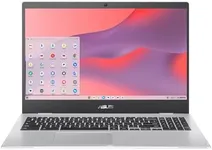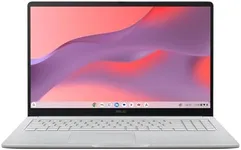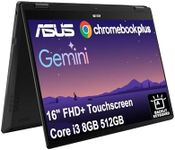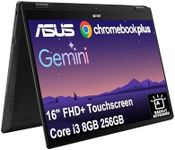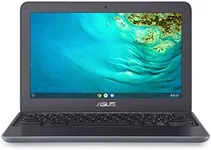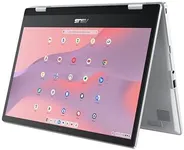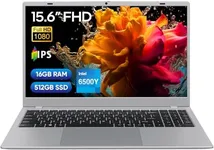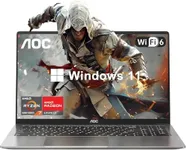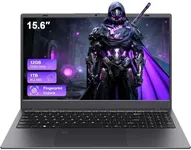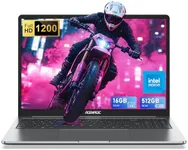Buying Guide for the Best Asus Chromebook
When choosing an ASUS Chromebook, it's important to consider your specific needs and how you plan to use the device. Chromebooks are known for their simplicity, speed, and security, making them ideal for web-based tasks, education, and light productivity. To ensure you pick the best model for you, focus on key specifications that will impact your user experience. Here are the main specs to consider and how to navigate them.ProcessorThe processor, or CPU, is the brain of your Chromebook, determining how fast and efficiently it can run applications and handle tasks. Entry-level processors like Intel Celeron or MediaTek are suitable for basic tasks such as browsing the web, checking emails, and using Google Docs. Mid-range processors like Intel Pentium or Core m3 offer better performance for multitasking and running more demanding applications. High-end processors like Intel Core i5 or i7 are ideal for users who need to run intensive applications or multiple tasks simultaneously. Choose a processor based on the complexity and volume of tasks you plan to perform.
RAMRAM (Random Access Memory) affects how many applications you can run at once and how smoothly your Chromebook performs. For basic use, such as web browsing and streaming, 4GB of RAM is usually sufficient. If you plan to multitask frequently or use more demanding applications, 8GB of RAM will provide a smoother experience. For heavy multitasking or professional use, consider models with 16GB of RAM. Your choice should be guided by how many applications you typically use at the same time and the complexity of those applications.
StorageChromebooks typically come with SSD (Solid State Drive) storage, which is faster and more reliable than traditional hard drives. Storage capacity can range from 32GB to 256GB or more. For users who primarily use cloud storage and web-based applications, 32GB or 64GB may be sufficient. If you need to store a lot of files, applications, or media locally, consider 128GB or more. Think about your storage needs based on how much data you plan to keep on the device itself versus in the cloud.
DisplayThe display size and resolution impact your viewing experience. Chromebooks come in various sizes, typically ranging from 11.6 inches to 15.6 inches. Smaller screens (11.6 to 13.3 inches) are more portable and suitable for on-the-go use, while larger screens (14 to 15.6 inches) provide a better viewing experience for media consumption and productivity tasks. Resolution is also important; a Full HD (1920x1080) resolution offers a clear and sharp display, which is ideal for most users. Higher resolutions like 4K are available but may be overkill for typical Chromebook tasks. Choose a display size and resolution based on your portability needs and how you plan to use the device.
Battery LifeBattery life determines how long you can use your Chromebook on a single charge. Chromebooks are known for their excellent battery life, often ranging from 8 to 12 hours or more. If you need a device for all-day use without frequent recharging, look for models with longer battery life. Consider your daily usage patterns and how often you have access to a power source when choosing a Chromebook with the right battery life for you.
Build Quality and DesignThe build quality and design of a Chromebook can affect its durability and usability. Some models are made with plastic, which is lightweight and affordable, while others use metal or aluminum for a more premium feel and better durability. Additionally, consider features like a backlit keyboard, touchscreen, or convertible design (2-in-1) that can enhance your user experience. Think about where and how you will use your Chromebook to determine the importance of these design elements.
ConnectivityConnectivity options, such as USB ports, HDMI, and SD card slots, determine how you can connect peripherals and external devices to your Chromebook. Ensure the model you choose has the necessary ports for your needs, such as USB-C for fast data transfer and charging, or HDMI for connecting to external displays. Additionally, consider wireless connectivity options like Wi-Fi and Bluetooth for seamless internet access and peripheral connections. Your choice should be guided by the types of devices you plan to connect and how you intend to use your Chromebook.
